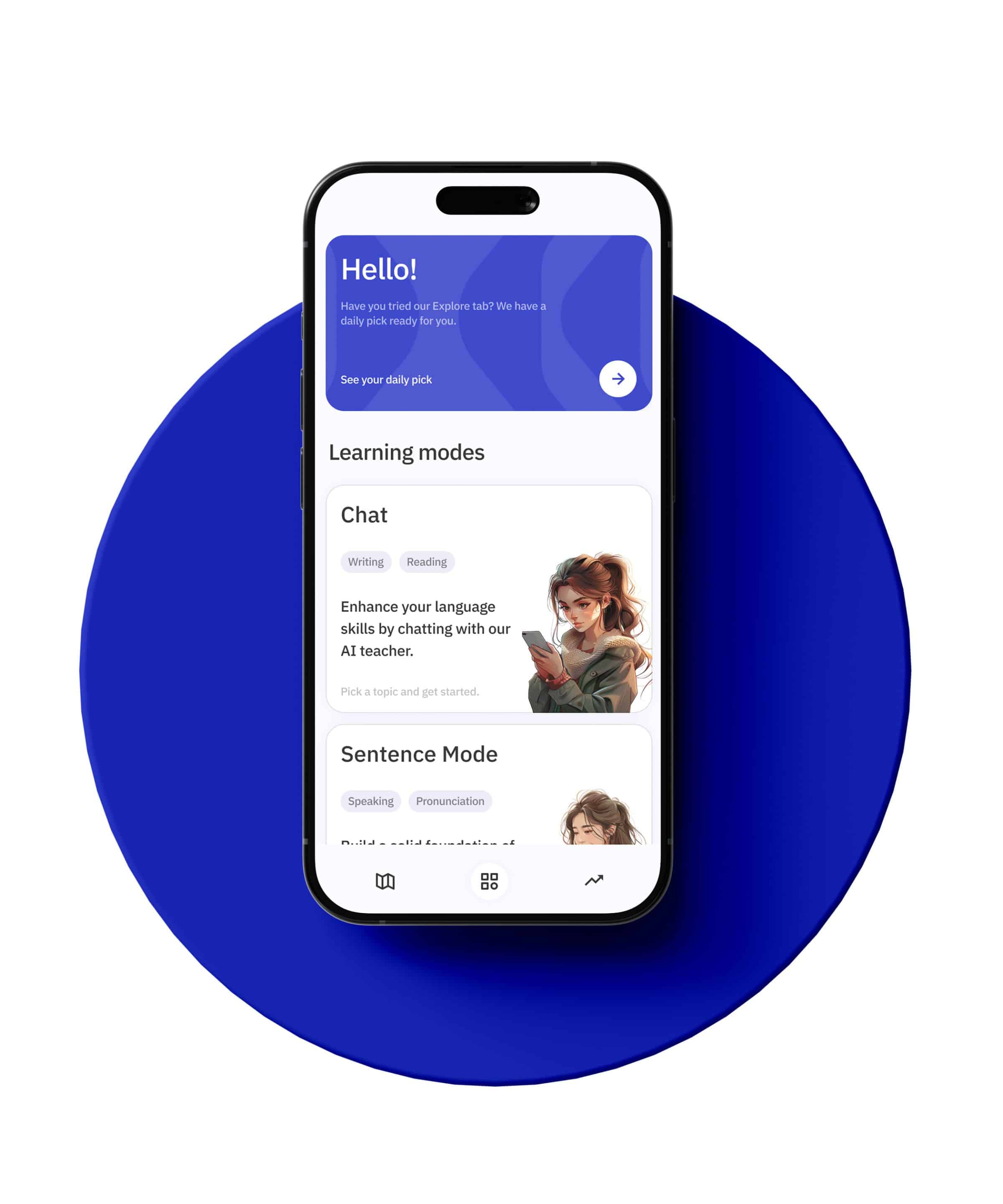Learning Indonesian can be a rewarding experience, especially when you start to understand the nuances of its grammar. One of the important aspects of Indonesian grammar is the use of prepositions. Prepositions are words that show the relationship between a noun or pronoun and other elements in a sentence. Specifically, in this article, we will delve into the prepositions of instrument in Indonesian grammar, which describe the tools or means by which an action is performed.
What are Prepositions of Instrument?
Prepositions of instrument are used to indicate the means or instrument by which an action is carried out. In English, these prepositions include words like “with,” “by,” and “using.” For example, in the sentence “She wrote the letter with a pen,” the preposition “with” indicates the instrument (a pen) used to perform the action (writing).
In Indonesian, prepositions of instrument function in a similar way, though the specific prepositions used and their grammatical structures may differ.
Common Prepositions of Instrument in Indonesian
Several prepositions in Indonesian are commonly used to express the concept of instrumentality. The most frequent ones are:
1. Dengan
2. Memakai
3. Menggunakan
4. Melalui
Let’s explore each of these prepositions in detail.
Dengan
The preposition dengan is arguably the most versatile and commonly used preposition of instrument in Indonesian. It can be translated to “with” in English and is used to indicate the means by which an action is performed.
Example sentences:
– Dia menulis surat dengan pena. (She wrote the letter with a pen.)
– Saya pergi ke kantor dengan mobil. (I go to the office with a car.)
– Kami memasak nasi dengan rice cooker. (We cook rice with a rice cooker.)
As seen in these examples, dengan is used to describe the instrument or means involved in performing an action.
Memakai
The preposition memakai translates to “using” in English. It is another common preposition of instrument that provides a slightly more formal or specific way of indicating the means by which an action is performed.
Example sentences:
– Mereka memperbaiki komputer memakai alat khusus. (They repaired the computer using special tools.)
– Saya belajar bahasa Indonesia memakai aplikasi. (I learn Indonesian using an app.)
– Dia membersihkan lantai memakai vacuum cleaner. (She cleans the floor using a vacuum cleaner.)
In these instances, memakai emphasizes the specific tool or method employed to accomplish a task.
Menggunakan
Similar to memakai, the preposition menggunakan also means “using” and is often interchangeable with memakai. It tends to be used in more formal contexts or in written language.
Example sentences:
– Guru mengajar menggunakan teknologi modern. (The teacher teaches using modern technology.)
– Mereka berkomunikasi menggunakan kode rahasia. (They communicate using a secret code.)
– Dia membuat laporan menggunakan data statistik. (He creates the report using statistical data.)
The use of menggunakan often conveys a sense of deliberate or technical use of the instrument or means.
Melalui
The preposition melalui translates to “through” or “by means of” in English. It is typically used when the instrumentality involves a medium or process rather than a physical tool.
Example sentences:
– Informasi dikirim melalui email. (The information was sent through email.)
– Mereka berbicara melalui telepon. (They talked by means of the phone.)
– Pengiriman barang dilakukan melalui pos. (The delivery of goods is done through the mail.)
In these examples, melalui indicates the channel or medium through which an action is carried out.
Combining Prepositions with Verbs
In Indonesian, prepositions of instrument are often paired with verbs to form phrases that clearly indicate how an action is performed. Understanding these combinations can greatly enhance your fluency and comprehension.
For instance:
– Menulis dengan (to write with)
– Mengemudi dengan (to drive with)
– Berbicara melalui (to speak through)
Let’s look at some more example sentences to understand how these combinations work in context:
– Dia memotong sayur dengan pisau tajam. (He cuts the vegetables with a sharp knife.)
– Mereka belajar menggunakan buku digital. (They study using digital books.)
– Kami mengirim surat melalui layanan kurir. (We send the letter through courier service.)
The verb-preposition combination is essential for expressing detailed and precise actions in Indonesian.
Nuances and Contextual Usage
While understanding the basic meanings of these prepositions is important, it is equally crucial to grasp their nuanced and contextual usage. Prepositions can sometimes be used interchangeably, but the choice of one over the other can subtly change the meaning or formality of a sentence.
For instance, both memakai and menggunakan can be translated as “using,” but menggunakan is often considered more formal or technical. Compare:
– Saya menulis laporan memakai komputer. (I write the report using a computer.)
– Saya menulis laporan menggunakan komputer. (I write the report using a computer.)
Both sentences are grammatically correct, but the second may be preferred in a formal report or academic context.
Similarly, while dengan and melalui can sometimes be used to express similar ideas, melalui specifically implies a medium or process, making it more appropriate in certain contexts:
– Dia mengirim pesan dengan email. (He sends the message with email.)
– Dia mengirim pesan melalui email. (He sends the message through email.)
In this case, melalui would be more precise as it emphasizes the medium used to send the message.
Common Mistakes and How to Avoid Them
Learning to use prepositions of instrument correctly can be challenging for Indonesian language learners. Here are some common mistakes and tips on how to avoid them:
1. **Overusing “dengan”:**
Due to its versatility, learners might overuse dengan, even in contexts where other prepositions would be more appropriate.
– Incorrect: Saya belajar dengan aplikasi. (I study with an app.)
– Correct: Saya belajar memakai aplikasi. (I study using an app.)
2. **Confusing “memakai” and “menggunakan”:**
Both mean “using,” but menggunakan is more formal.
– Incorrect (in formal context): Peneliti menganalisis data memakai metode baru. (Researchers analyze data using a new method.)
– Correct: Peneliti menganalisis data menggunakan metode baru. (Researchers analyze data using a new method.)
3. **Misusing “melalui”:**
Remember, melalui implies a medium or process.
– Incorrect: Dia memperbaiki mobil melalui alat. (He repairs the car through tools.)
– Correct: Dia memperbaiki mobil memakai alat. (He repairs the car using tools.)
Practice Exercises
To solidify your understanding of Indonesian prepositions of instrument, try translating the following sentences into Indonesian, using the appropriate prepositions:
1. She paints the wall with a brush.
2. They travel by means of a train.
3. He fixed the chair using a screwdriver.
4. We communicate through letters.
5. The chef cooks with fresh ingredients.
Answers:
1. Dia mengecat dinding dengan kuas.
2. Mereka bepergian melalui kereta.
3. Dia memperbaiki kursi memakai obeng.
4. Kami berkomunikasi melalui surat.
5. Koki memasak dengan bahan segar.
Conclusion
Mastering the prepositions of instrument in Indonesian is essential for expressing detailed and nuanced actions. By understanding and practicing the use of dengan, memakai, menggunakan, and melalui, you can enhance your fluency and accuracy in Indonesian. Remember that context and formality play significant roles in choosing the correct preposition. With consistent practice, you will become more confident in your ability to communicate effectively in Indonesian. Happy learning!







